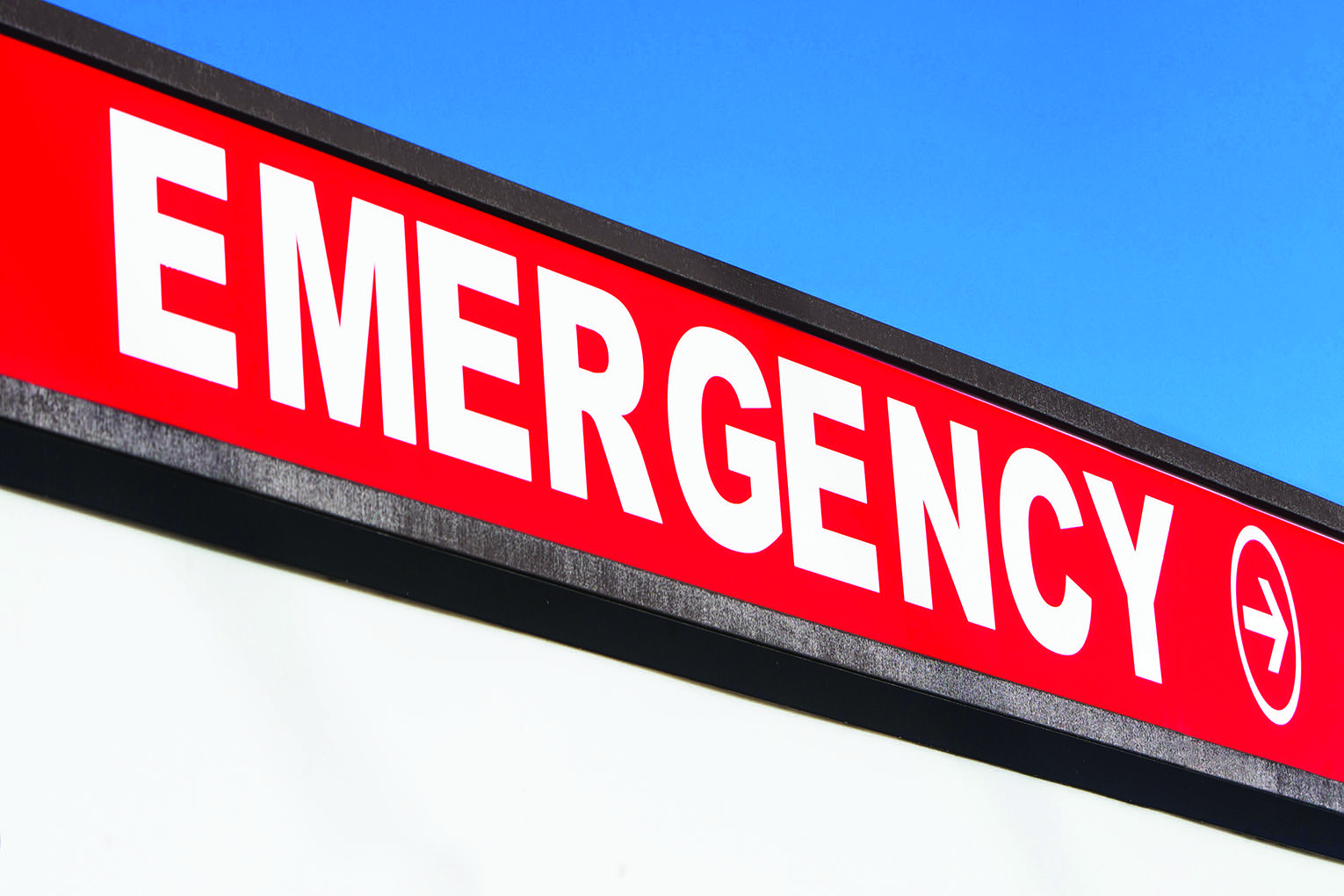A State of the Hospital Address is set for Feb. 28th at the Baymont Inn & Suites and Conference Centre, starting at 4 p.m.
The meeting is being hosted by a group called Diagnosis Critical – Your Central Alberta Regional Hospital.
Organizers say it’s a presentation describing the lack of health care infrastructure spending that Central Alberta is receiving and the consequences that this has for health care in Central Alberta.
On the facebook page, officials with the organization point to a document (the 2016 Multi-Year Facility Infrastructure Capital Submission) they say is at the crux of the matter and shows how Central Alberta is being overlooked in terms of health care infrastructure development.
“Starting on page 29 of the document, image 33 in the album, the priorities for capital projects are outlined,” it reads. “Of the 21 projects, five have a provincial scope (most with primary infrastructure in Edmonton or Calgary), one is in Lethbridge, and the remaining projects are all in Edmonton and Calgary.
“There are no primary projects in Central Alberta. Redevelopment of the Red Deer Regional Hospital was a prioritized project in previous capital planning documents. Somehow, Central Alberta has fallen off of the list.”
Also, according to a document called ‘Red Deer Regional Hospital Centre Service & Program Expansion’ dated December of 2015, the need for more services is evident.
“The Red Deer Regional Hospital Centre plays an essential role within Alberta Health Services and to the Central Alberta population as it is the only referral site in the Central Zone which provides a full spectrum of surgical specialties, internal medicine specialists as well as advanced diagnostics, obstetrics, pediatrics, oncology, NICU/ICU and emergency care.
“(The hospital) is the fourth busiest incoming referral site and the fourth busiest surgical service site in the province. Over the next 20 years, services are projected to change considerably, growing in number and complexity as the population grows and ages, and as industry in Central Alberta continues to develop.
“The Central zone population is (also) expected to significantly increase within the next 20 years from the current 470,000 to 480,000 in 2035, with biggest growth in the 65+ cohorts.” The document also reports a number of areas within the hospital that at the time of the report were operating either at or beyond capacity within the Central Zone. These included emergency services, cardiac science services, clinical support services and maternal child services among others.
For more information, find them on facebook at ‘Diagnosis Critical – Your Central Alberta Regional Hospital’.
– Weber



